Adapting Your Home for an Older You or Parent
The U.S. population is aging. Today, there are more than 46 million older adults age 65 and older living in the U.S.; by 2050, that number is expected to grow to almost 90 million. Nearly 90% of Americans 50 and older want to “age-in-place” and remain in their homes.

Aging-in-place will necessitate making some modifications to your bathroom.
Modifying Your Home as You Age-in-Place
Aging-in-place will require you to make some adjustments to your home, especially in the bathrooms. With basic modifications you can lower the risk of injury and continue to live in your home for several more years.
Here are six plumbing modifications you will need to consider.
Switch to a Walk-In Bathtub
When you have mobility issues, getting in and out of the bathtub can be difficult. Walk-in tubs have built-in doors that allow you to enter the tub without the high sidewalls to catch your feet on.
Walk-in bathtubs offer a comfortable seating area that provides safety and stability while you bathe. The seal-tight door gasket prevents leaking. The whirlpool function of your walk-in bathtub can help alleviate the discomfort or arthritis and other aches and pains.
Install a Zero-Threshold Shower
For some, even stepping over the elevated threshold of a shower can be difficult. Zero-threshold showers require no shower pan, which provides a smooth transition into the shower area. This also makes it easier to use a shower chair or bench.
Add Adaptive Toilets
As you age, your risk of toilet-related injuries increases. Many of those injuries occur when sitting down or getting up from the toilet. Mounting a grab bar near the toilet can help in maintaining your balance.
Installing a toilet with a slightly higher toiler seat can make using your toilet easier. Comfort-level toilets are 2 to 3 inches taller than standard toilets.
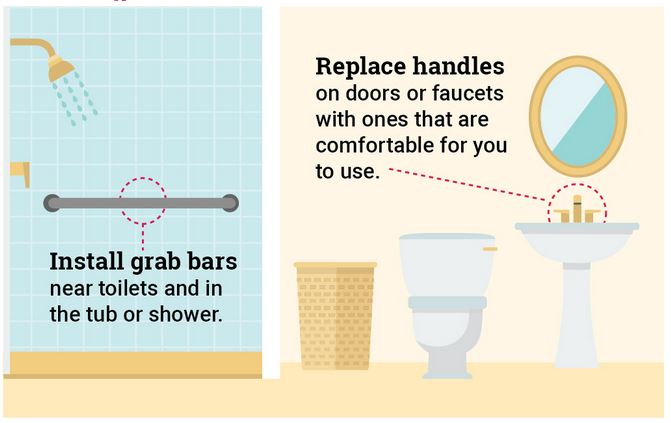
There are some relatively minor updates to your bathroom that can make it safer and easier to use as you get older.
Install Grab Bars Where Needed
One way to avoid injuries in your bathroom is to install grab bars next to the toilet, near the bathtub, and in the shower.
Properly installed grab bars will provide a secure and stout object to hold on to when using any of your bathroom facilities.
Install Motion-Sensor Faucets
Motion-sensor faucets allow you to activate your faucets without the use of your hands. This is very beneficial when you suffer from arthritis or other issues relating to finger and hand dexterity. Foot-controlled faucets are also available for bathrooms.
Anyone aging-in-place should also consider modifying the faucets in their kitchen.
Add Multi-Level Dual Sinks
The sinks in your bathroom will also need to adapt as you age-in-place. Your standard height sinks may be a comfortable reach right now, but that might change as your mobility changes.
Multi-height dual sinks allow for one standard-height sink while adding a lower sink that accommodates someone in a wheelchair or a person who is unable to use a standard height sink.
Don’t Wait to Get Started
If your goal is to age-in-place, now is the time to prepare your home for the transition. Give Brenneco Plumbing a call today at 765-448-6190 to discuss the modifications that will allow you to remain safe and comfortable in the place you call home.
 Read more →
Read more →





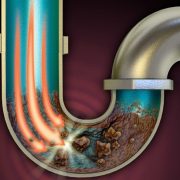

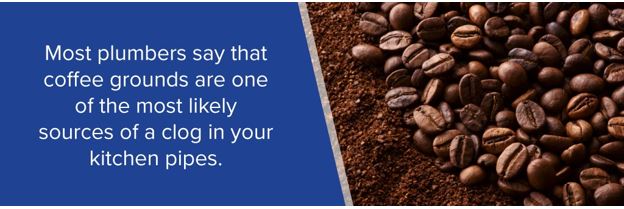

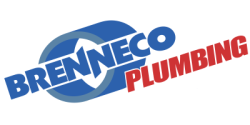



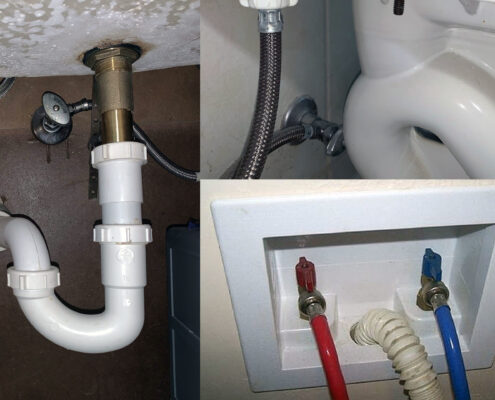



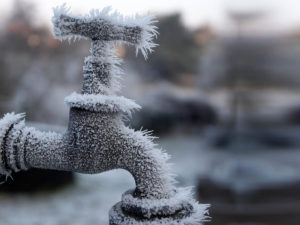
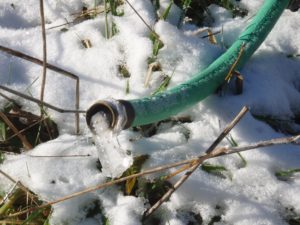
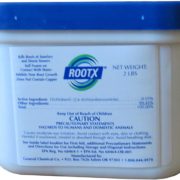
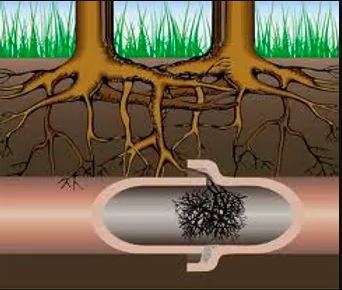







Recent Comments